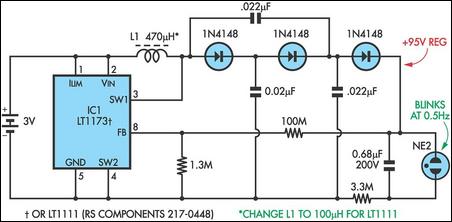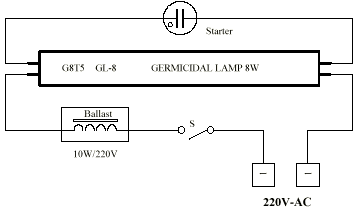

The switching or inverter section inverts the DC to AC. Switching or Inverter section of VFD Circuit In some cases, other types of filters are also used to reduce the input AC noises and harmonics. In filter section, mainly the capacitor filters out the AC ripple and provides smooth DC output. The standard component for the filter is to use different type of large capacitors and inductors. To rectify the AC ripple and to make a smooth DC output there is a requirement of some sort of ripple rejection filters. To learn more about how rectifier works, just follow the link.Īs we know the standard rectifier diodes only convert the AC signal to DC, but the output DC signal is not smooth enough because there are frequency dependent AC ripples are also associated with it. Depending on the sinusoidal wave polarity the diodes gets forward biased or reverse biased thus providing a positive pulse or a negative pulse in both positive and negative rail. The three-phase R, B, and Y are connected across the diode. Those 6 diodes act as a diode bridge which converts the three-phase AC signal into a single DC rail. The diodes D1, D2, and D3 are connected with the positive rail and the diode D4, D5 and D6 are connected with the negative rail. This is a basic circuit block diagram of a three phase VFD. In the below image the three sections are shown inside a block diagram. Other than the three-phase VFDs, single phase VFDs are also available. Different types of VFDs are available in the electronics and electrical market ranging from small motor related applications to the high power induction motors. The frequency determines the motor RPM and by controlling the AC frequency the motor RPM can be controlled. VFD is the short form of a Variable Frequency Drive or adjustable frequency drive.

To overcome the high power consumption and to increase the efficiency, VFD was introduced four decades ago but the circuitry was not strong enough. Due to the high power consumption, the factories and plants end up paying a high amount of energy bills. 2: PCB layout of bi-directional DC motor control Fig.There are lots of factories and plants in the world which use a different type of high power motors. You can use double-pole double-throw or slide switches for S1 and S2. Connect a 9V PP3 battery for power supply to the circuit. Connect motors at M1 and M2 markings on the PCB.
#Uln2823a neon drive control circuit driver#
Construction and testing of ULN2803 Based Motor Driver CircuitĪn actual-size PCB layout of the bi-directional DC motor control circuit is shown in Fig.

So it is not recommended to apply both the input terminals with the same high voltages in this circuit configuration. If all the inputs are at logic 1 (9 volts), transistors will burn out. If all the inputs (A, B, C and D) are at logic 0 (GND), both the motors will be in stop condition because there will be no voltage differences at the motors’ terminals. Motor M2 rotates in the opposite direction. Transistor T2 conducts and T1 is in cut-off state. Similarly, when point C=1 and D=0, output pins 13 and 14 of IC1 will be low, and pins 11 and 12 will be active-high (9 volts). Motor M2 rotates in one direction, say, forward direction. Transistor T2 is in cut-off state and transistor T1 conducts. When point C=0 and D=1, output pins 13 and 14 of IC1 will be high (9V), and pins 11 and 12 will be active-low.

In this case, M1 rotates in opposite direction, say, reverse direction. There is no voltage (0V) available at the first terminal of M1, while the second terminal gets 9 volts. Similarly, the base of transistor T3 is high through resistor R3, and so T3 is in cut-off state. The base of transistor T4 becomes low through resistor R4, so T4 conducts. When point A=1 and B=0, output pins 17 and 18 of IC1 will be low (0V), and pins 15 and 16 will be active-high (9 volts). So motor M1 rotates in one direction, say, forward direction. The second terminal of M1 is at zero volt (GND). So T3 conducts to make 9V available at one of the terminals of motor M1. Similarly, the base of transistor T3 is low through resistor R3. The base of pnp transistor T4 is high through resistor R4, so T4 is in cut-off state. When point A=0 and B=1, output pins 17 and 18 will be high (9V), and pins 15 and 16 will be active-low (0V) as shown in the circuit. The internal transistor packs of ULN2803 act as inverters.


 0 kommentar(er)
0 kommentar(er)
